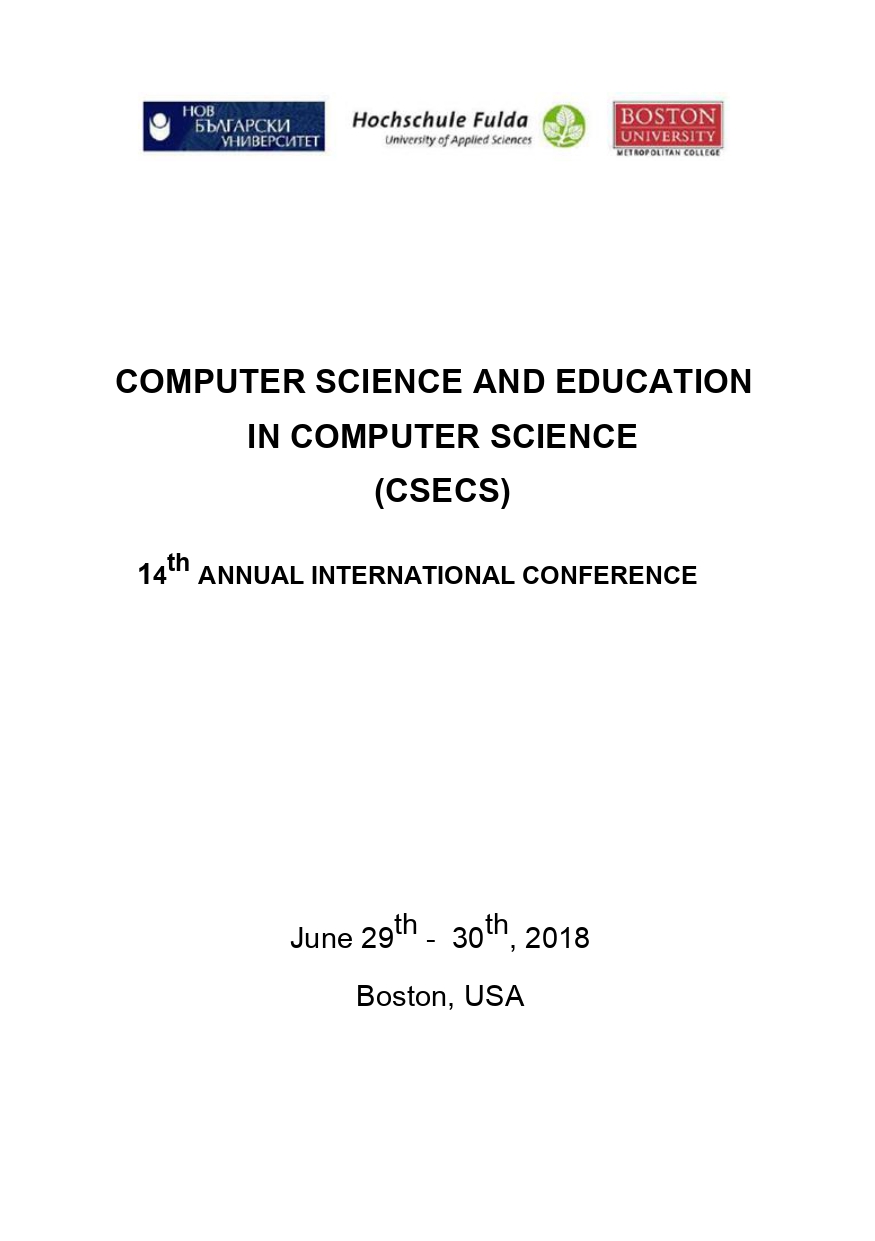
Simulation and evolution of scenarios in a gas station using simul8 software
The simulation consists of reproducing the functioning of a system by creating a model, considering its statistical data and its premises, to understand the behavior of the variables of interest. Within the simulation, several software are used. One of the most popular in organizational environments and in universities is the Simul8. This software uses two-dimensional animations, through representation in entities, resources, activities, entry points, output points, and queues. Its purpose is to simulate the operation of complex discrete models, and by manipulating the variables in the model, it is possible to simulate different scenarios and find effective solutions. As a complementary tool to the simulation of scenarios, it is relevant to cite the financial analysis, which through indicators such as EAC, MAR, NPV, PB, can indicate the economic viability of an investment. In this context, the objective of this paper was to develop a scenario analysis, through simulation in the software Simul8, in a gas station, which has an area of 150 m2 and offers the services of filling up gasoline, washing the car, and calibrating the tires, to its customers. In another situation, the purchase of an adjacent land of 80 m2 was analyzed. Therefore, it was possible to determine the number of pumps and employees that generates the highest profit, considering the available space of the two situations, and to develop a financial analysis to demonstrate the viability of the investment. It was demonstrated that the number of pumps and employees that generated the highest monthly profit was 4 and 6, respectively, for the first situation, with 150 m2, and 6 and 5 for the second, with 230 m2. It was verified that investment in the acquisition of the land is feasible because it generated both an NPV and EAC positives. However, this investment is not suggested, since the indicators obtained for the initial situation, with 150 m2, are higher, since no investments will be made in this situation and the profit values for the two scenarios are similar. Values of investment in pumps and other costs, as well as expenses, are not part of the scope of this paper, which may explain the high monetary values found based on the assumptions considered.
More...